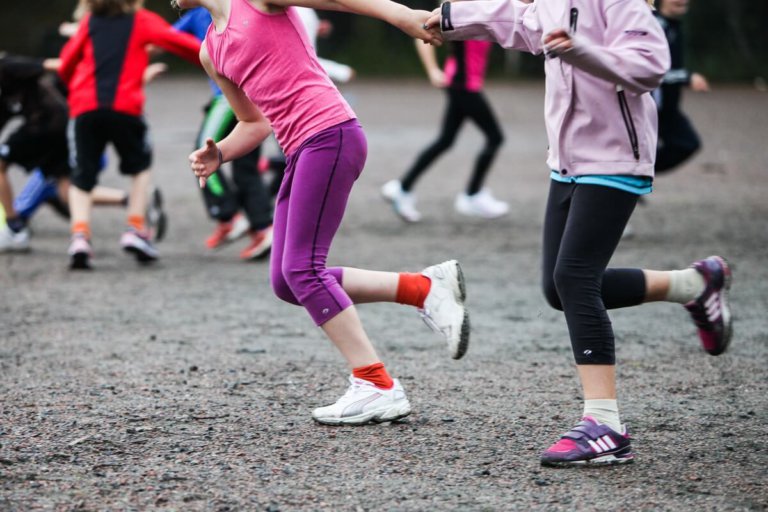
Technology has permeated many aspects of education, but one area where technology has been slow to creep into is physical education (PE).
However, schools that have tapped into the power of technology believe it can be transformative for students.
Last year, The Hechinger Report wrote about how Jon Szychlinksi, a teacher at Berwyn North School District 98 in the US uses technology in his PE classes.
Szychlinksi gets his middle schoolers to study game tapes to identify their weaknesses, not unlike professional athletes.
Students also use their downtime to record video self-reflections and upload them into an online classroom management platform. They also receive instructions based on federal, state and local physical education standards, enabling them to place their physical fitness on a continuum and chart a course for improvement.
In addition to this, students can also access Szychlinksi’s video messages to students, along with his feedback through the platform.
Szychlinski uses Otus, a data management and communication platform. It allows him to bring together grades, student demographic information, testing data and anecdotes he collects about each student.
His primary goal in using technology for physical education is to track fitness, nutritional and academic data, and help students see the connection between the three.
“We can share that with parents, with doctors, with other teachers,” Szychlinski was quoted saying.
“Every kid is not equal. We want to have real data about where kids are and where they’re going.”
Students find technology in physical education useful
Future of Learning: Ed tech can transform physical education classes, too – https://t.co/r0kSkikAJS pic.twitter.com/Wo2SCtQ9m9
— The Hechinger Report (@hechingerreport) November 20, 2019
Grace Brown, a 14-year-old student from West Potomac High School in northern Virginia, is getting school credit for virtual physical education with the help of wearable fitness trackers.
According to the Associated Press, Brown wears a school-issued Fitbit on her wrist while getting in at least three 30-minute workouts a week outside of school hours. She has an app on her computer that screenshots her activity so she can turn it in for credit.
Teachers guide assignments by setting goals such as fat burn, cardio or peak, and rely on the technology to be their eyes and ears. Students also are required to sign in for a weekly 60-minute to 90-minute classroom session with the teacher.
Online PE has freed some time for Brown to take three elective courses, instead of two in school.
“We definitely exercise more in online PE,” Grace said. “There’s a lot of standing around in regular PE. Online, I do much harder workouts.”
Taking PE digital also raises concerns such as keeping student data private and ensuring teaching important social concepts like teamwork are taught.
Liked this? Then you’ll love…
The benefits of teaching SEL through health and physical education
In this Digital Age, physical education is more crucial than ever for your kids







